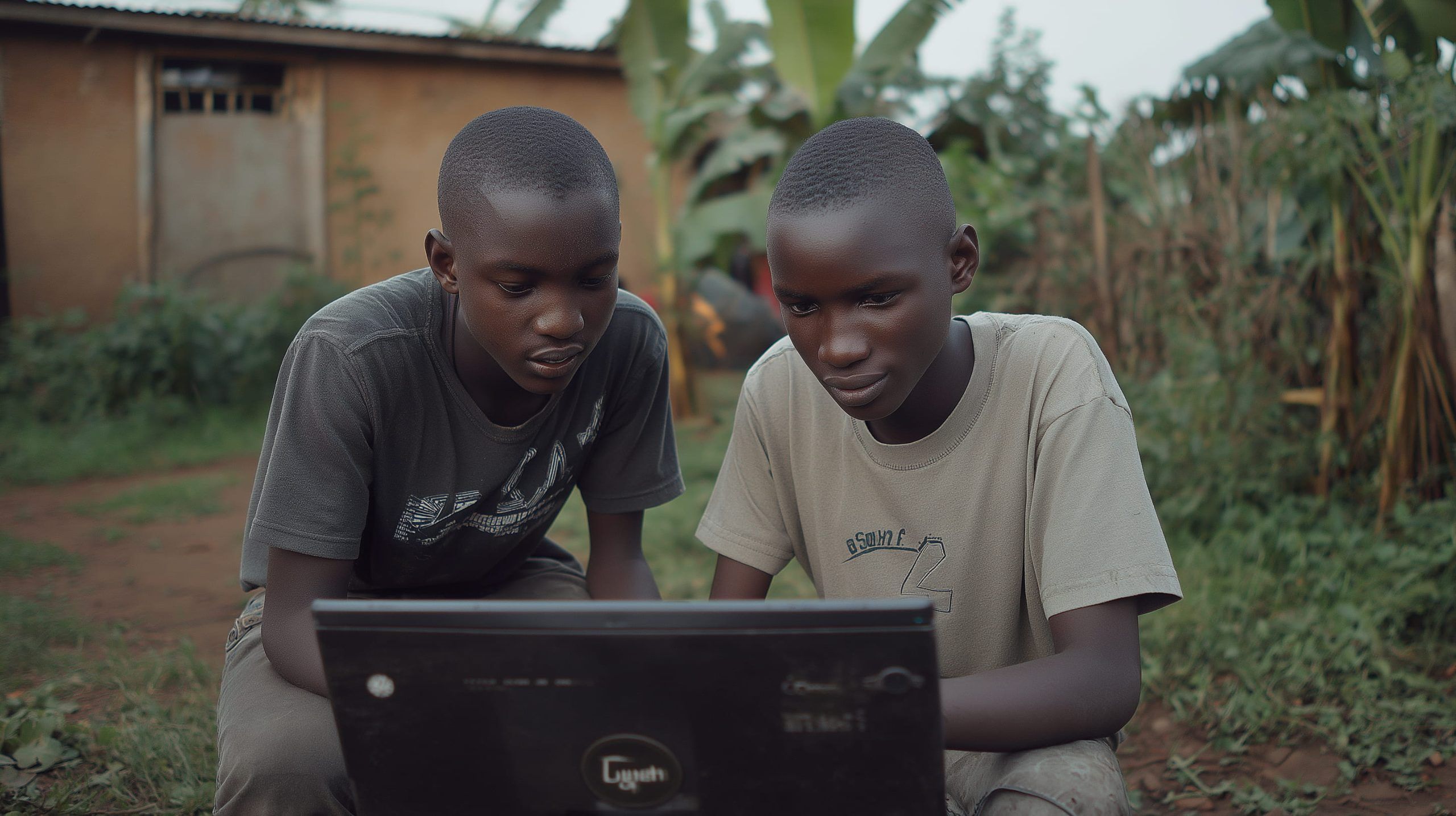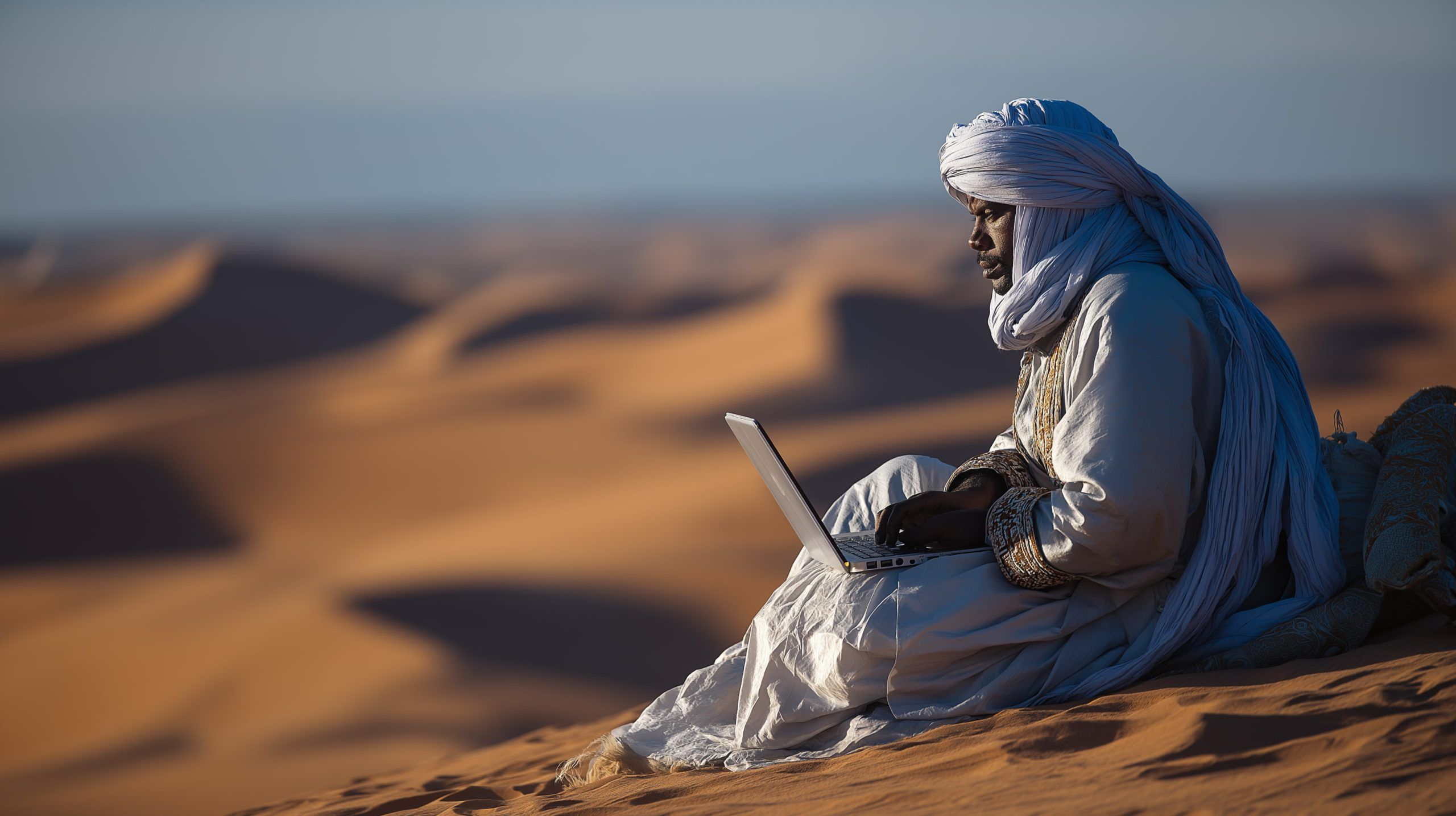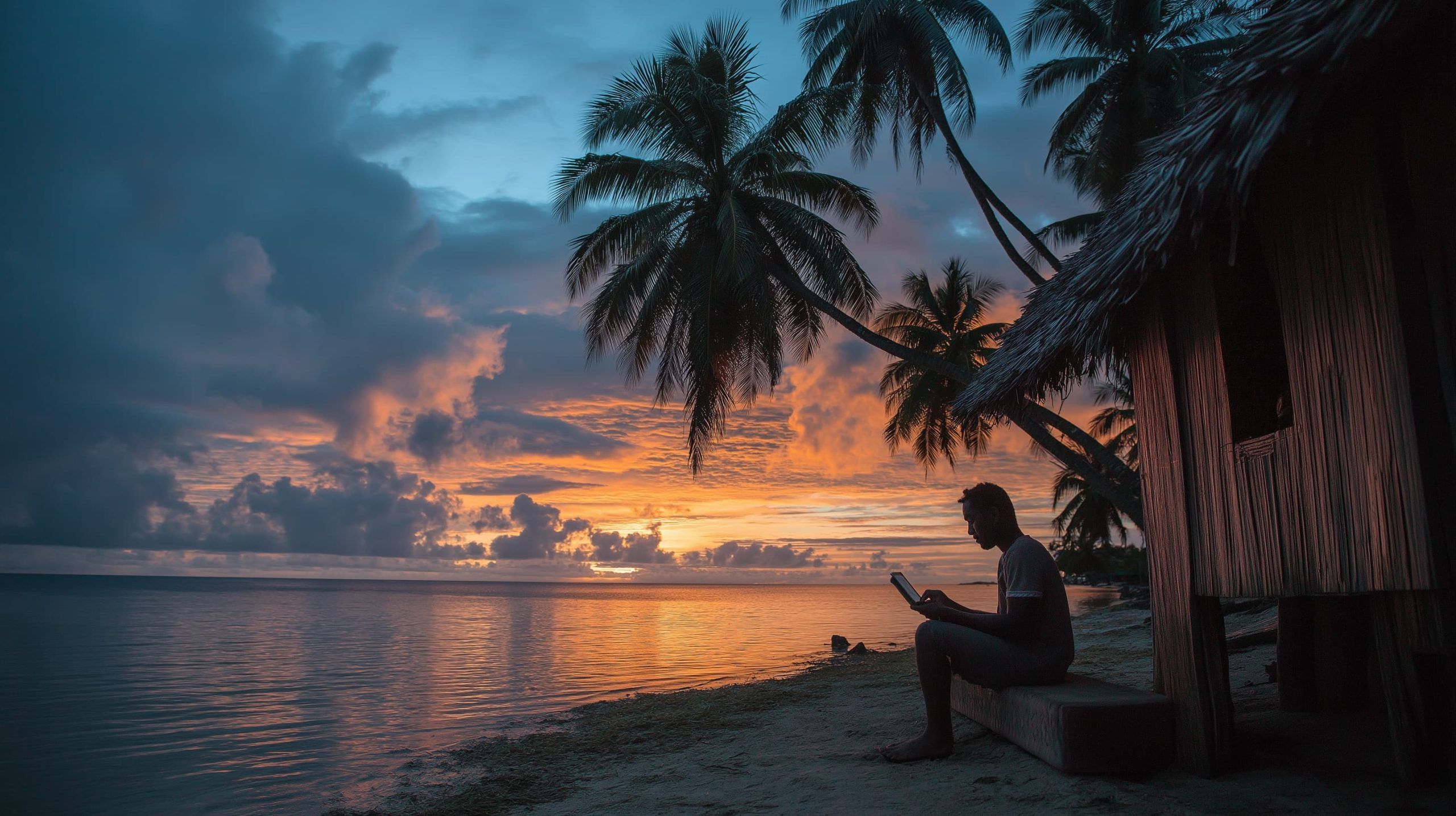
Internet Under Siege: Cable Chaos, Satellite Surges & Digital Divide Drama (Sept 9–10, 2025)
Sources: Global news reports and press releases from Sept 9–10, 2025 (Reuters, Al Jazeera, Times of India, StateScoop, TS2 Space, and others) were used in compiling this roundup timesofindia.indiatimes.com aljazeera.com space.com reuters.com reuters.com prescottenews.com prescottenews.com prnewswire.com statescoop.com, along with statements










